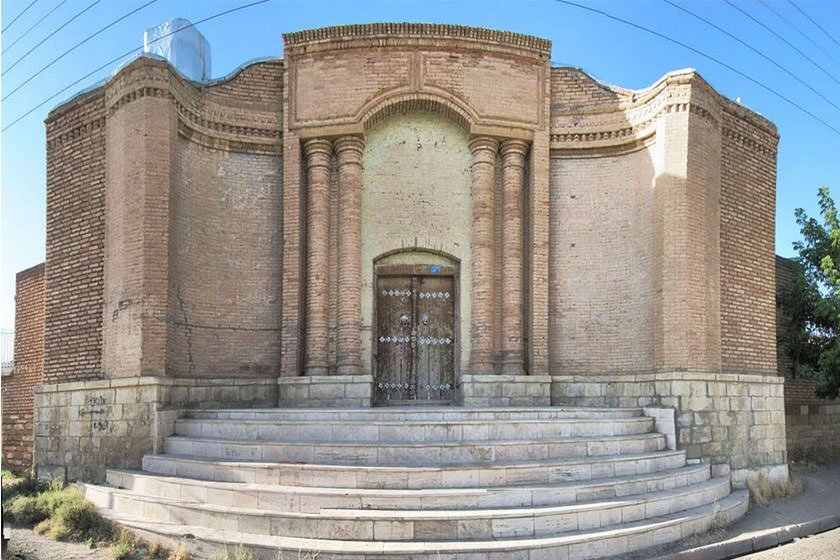Castle to turn into anthropology museum

TEHRAN – The historical castle of Sardar Afshar in Takab county, northwestern West Azarbaijan province is planned to be turned into an anthropology museum, Takab’s Governor has said.
“Takab county has the greatest amount of cultural and historical assets in the province, and to demonstrate this heritage and historical identity, a museum of anthropology is necessary,” Amir Sotudefar announced on Sunday.
With an area of one acre, the Qajar-era (1789-1925) Sardar Afshar Castle is a suitable monument to be turned into a museum, the official added.
From very early history to modern times, defensive walls have often been necessary for cities to survive in an ever-changing world of invasion and conquest.
Fortifications in antiquity were designed primarily to defeat attempts at the escalade, and to the defense of territories in warfare, and were also used to solidify rule in a region during peacetime.
Uruk in ancient Sumer (Mesopotamia) is one of the world’s oldest known walled cities. The Ancient Egyptians also built fortresses on the frontiers of the Nile Valley to protect against invaders from neighboring territories.
Many of the fortifications of the ancient world were built with mud brick, often leaving them no more than mounds of dirt for today’s archaeologists.
West Azarbaijan embraces a variety of lush natural sceneries, cultural heritage sites, and museums including the UNESCO sites of Takht-e Soleyman and Qareh Klise (St. Thaddeus Monastery), Teppe Hasanlu, and the ruined Bastam Citadel.
The region was home to several ancient civilizations. According to Britannica, it was conquered by Alexander the Great in the 4th century BC and was named Atropatene after one of Alexander’s generals, Atropates, who established a small kingdom there. Ultimately, the area returned to the Persian (Iranian) rule under the Sasanians in the 3rd century CE.
ABU/AFM

Leave a Comment